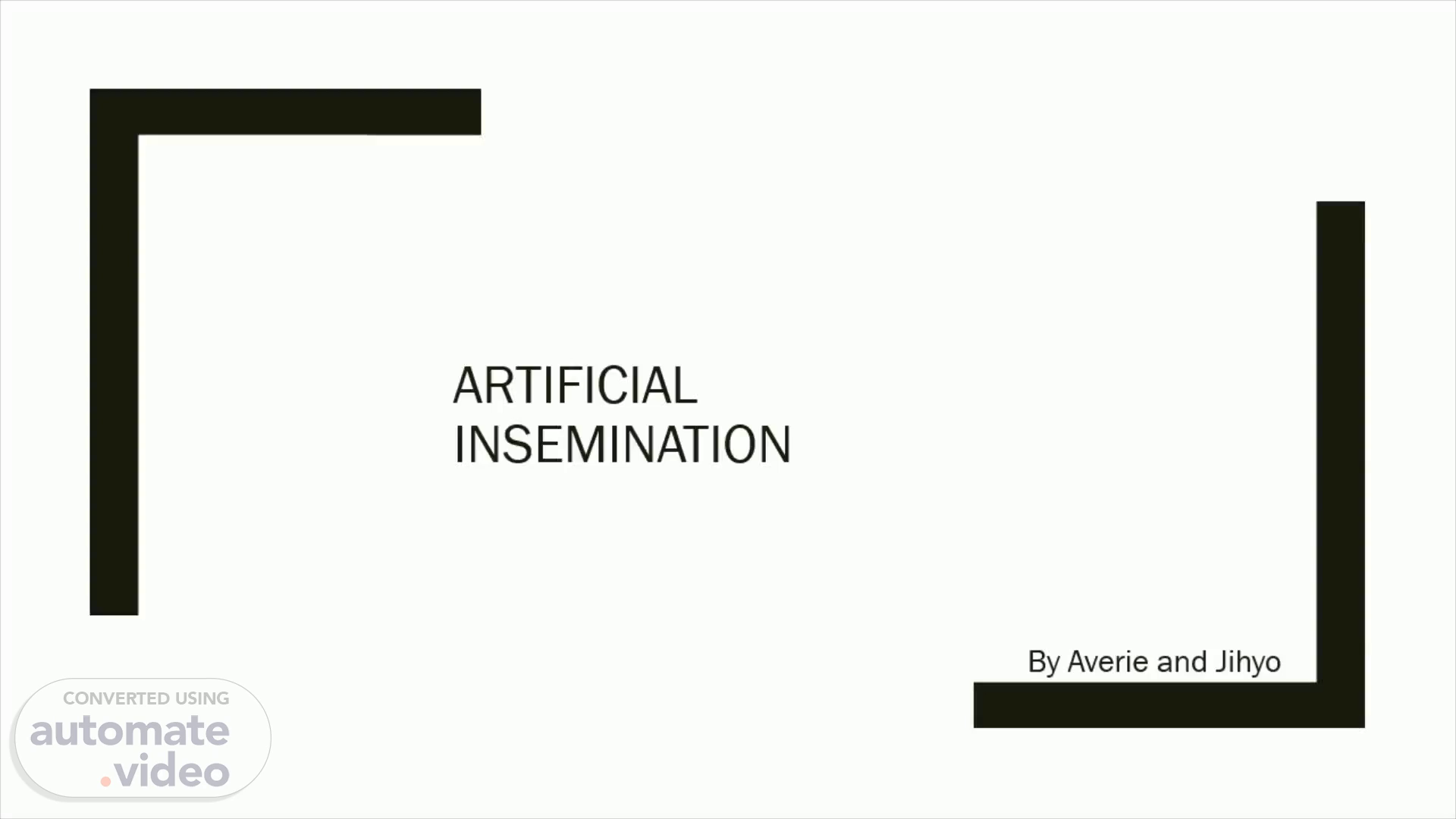
Artificial Insemination
Scene 1 (0s)
Artificial Insemination. By Averie and Jihyo.
Scene 2 (6s)
[Audio] Advantages and disadvantages Advantages It reduces the chance of any disorder being transmitted to the child from a parent. Increases the chances of multiple births. higher chance of having twins, triplets, etc. Disadvantages There is an increased chance of birth defects in the child, there's also a slight risk of infections, usually in 1% of cases endometriosis is the infection that may occur The price: it is one of the most expensive procedures.
Scene 3 (41s)
[Audio] Does one outweigh the other? No, one does not outweigh the other because there's the same number of disadvantages as there are advantages..
Scene 4 (53s)
[Audio] Is it ethical to manipulate life? Artificial insemination is a separate concept from human cloning and therefore has nothing to do with ethical issues. Artificial insemination is performed by collecting sperm and eggs purely for the purpose of pregnancy. It may satisfy the desire of a couple to have no children..
Scene 5 (1m 16s)
[Audio] Are the technologies available to everyone? Not every person with infertility can perform artificial insemination. It is only possible once at least one Fallopian tube is punctured, so if both sides of the Fallopain tube are blocked, a test tube baby procedure should be performed..
Scene 6 (1m 35s)
Different coloured organisers. Resources/ urls. Rx, R. (2020, September 1). Artificial Insemination Risks and Benefits. ReUnite Rx Retrieved October 16, 2022, from https://reuniterx.com/fertility-articles/artificial-insemination-risks-and-benefits/.